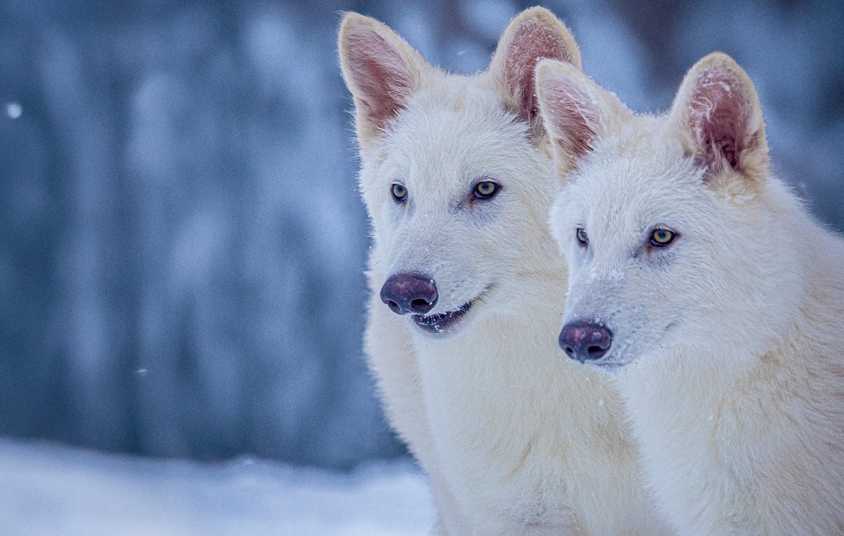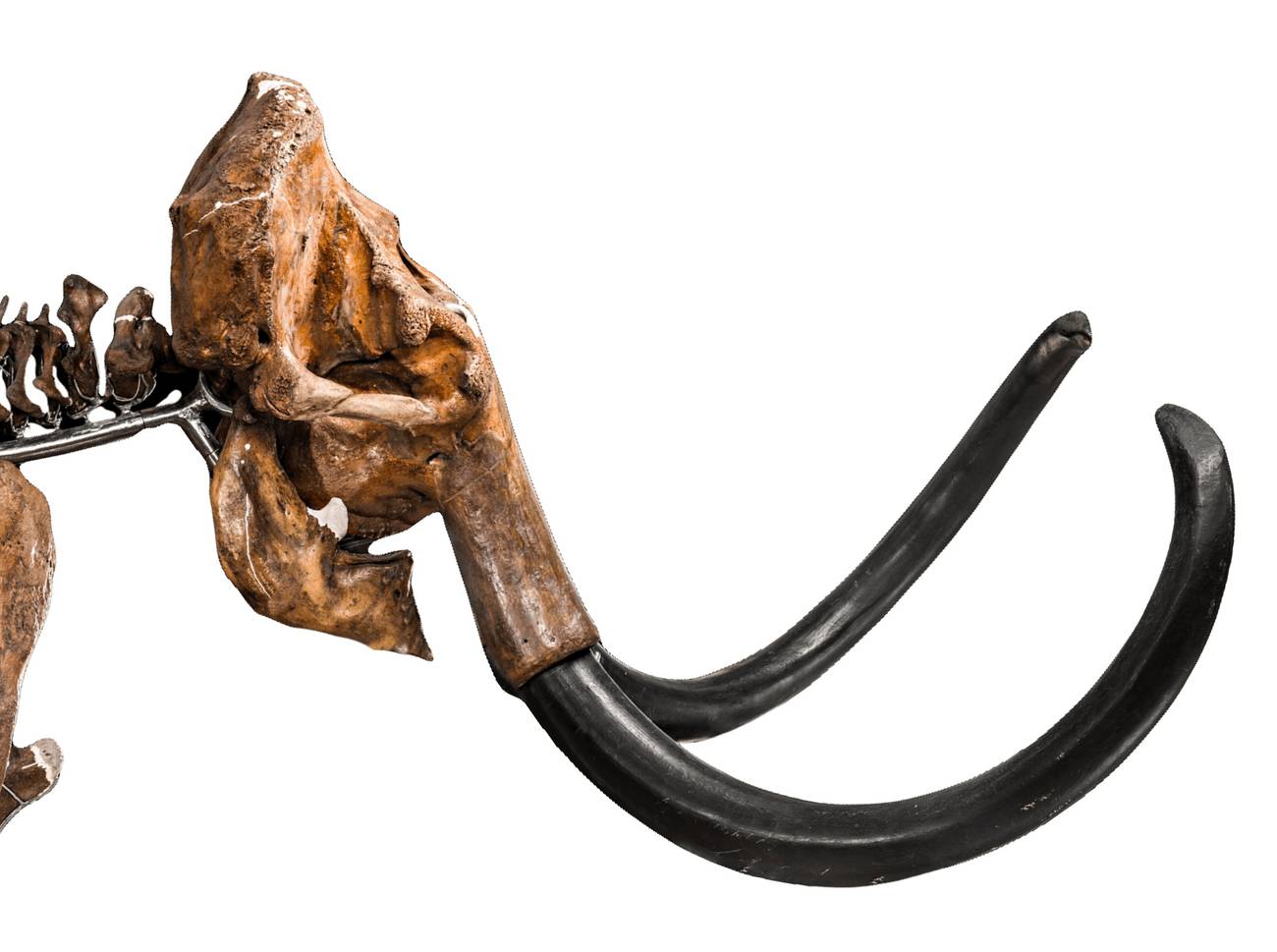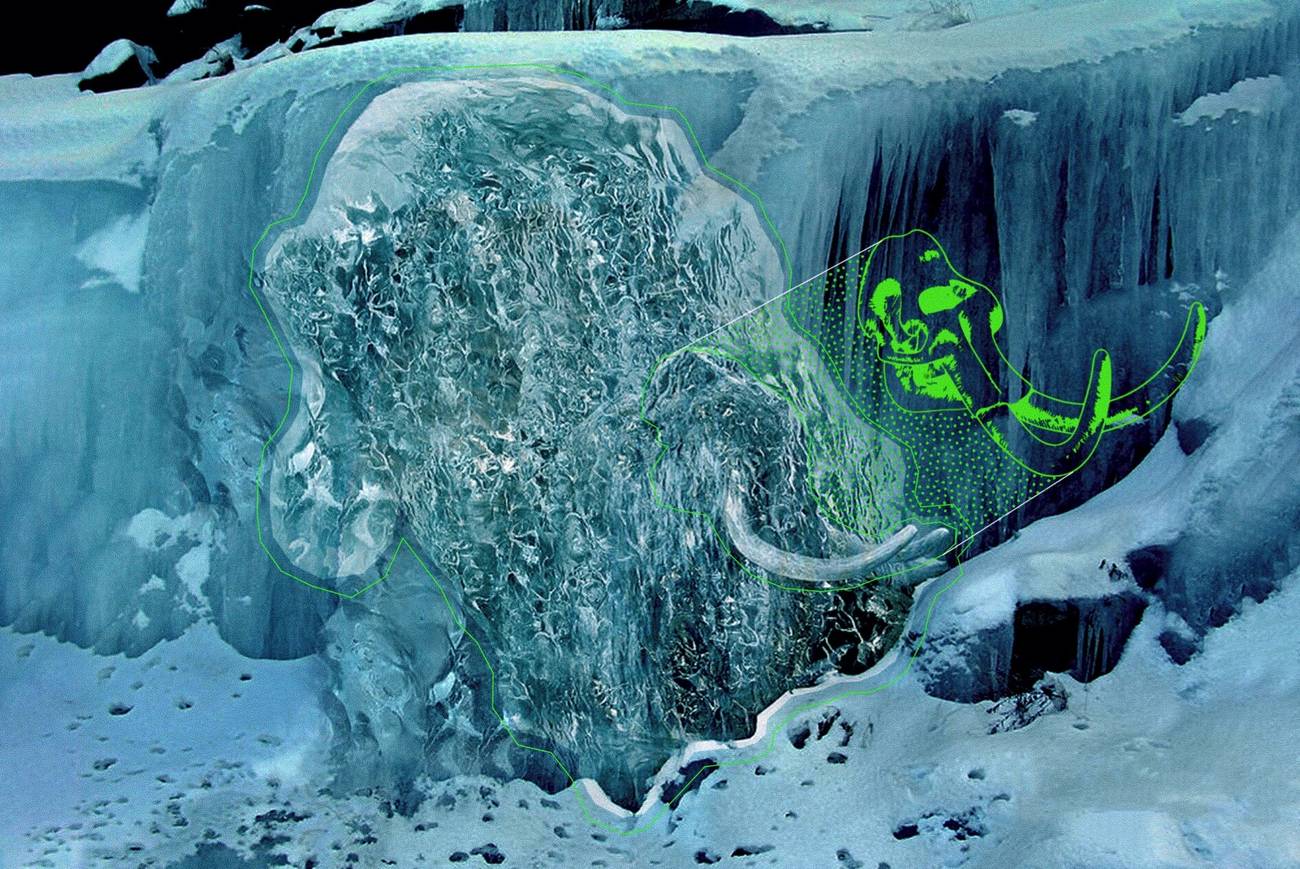On my recent visit to Colossal Biosciences’ new Dallas headquarters, still under construction ahead of its October opening, I asked for the latest update on one of the company’s most ambitious projects: the return of the woolly mammoth.
After touring the new offices and labs, I sat down with Colossal Biosciences CEO and co-founder Ben Lamm to learn about the new location and dig into the business of Colossal. In our interview, Lamm confirmed that the company remains on track with their plans for the Woolly Mammoth.

MORE FROM COLOSSAL
Exclusive: Colossal’s Dire Wolves Surpass Yellowstone Wolves in Size With Plans to Expand the Pack
From birthday milestones to future expansion, I have the latest dire wolf details from touring Colossal Biosciences HQ.
“Our goal is end of 2028. We’re on track with that from the editing perspective,” Lamm says. This 2028 target is only a year off from the original 2021 report, when the Colossal Biosciences launched with an early goal of a 2027 launch for the Mammoth project.
Back in 2017, four years before Colossal was founded, National Geographic reported on geneticist George Church’s early mammoth work, describing the effort as bold but speculative. At the time, Church suggested a roughly two-to-three-year goal for a first birth. Today, Church is a co-founder and lead geneticist of Colossal, which has expanded and solidified that vision into a global company with a fixed 2028 target.
Unlike traditional conservation programs that focus on one path of research, Colossal is moving forward on multiple fronts simultaneously. “We do all these technologies in parallel. So, we do the bio, the editing, cellular engineering, and then also the reproductive work, both for surrogacy and artificial wombs,” Lamm continues. “Surrogacy stuff and elephants, just because of the population size is much harder.”
The science is advancing quickly, and I saw some of the small-scale artificial wombs in development in one of the labs, but Lamm noted that biology isn’t the only challenge.
“We’re still on track for 2028. The biggest gaining factor will be the surrogacy side and, less so, the science of it, because I think we’ll have all of that solved. It will just be the access,” referring to limited options for surrogates. “But we’re working through that right now. So, we’re working with all the top elephant partners on that,” Lamm adds.
Colossal is developing assisted reproductive technologies (ART) not only for the mammoth but also for other critically endangered species. “We are advancing all, it’s called ART, assisted reproductive technologies, which also has massive applications to conservation. So, you can do captive breeding of the most endangered species. You don’t even need artificial wombs. Eventually, you’ll productionize it with artificial wombs,” Lamm said.
How Do We Find Woolly Mammoth DNA?


Colossal’s ambitions are not limited to its Texas headquarters. Chief Animal Officer Matt James pointed to collaborations with leading researchers around the world. “We’re working closely with Harvard on the woolly mammoth project,” he said.
Fieldwork is just as critical as lab work. “In the case of something like a woolly mammoth, we work with university partners, especially this guy Love Dalén from Stockholm, and he’s out there doing mammoth expeditions all the time, finding new specimens and driving new samples for us to be able to see them.” Each new specimen offers additional DNA that can refine Colossal’s genetic models and ensure accuracy in the recreation process.
Sara Ord, Director of Species Restoration at Colossal, gave us a tour of the labs and expanded on how Colossal collects and sequences mammoth DNA. “For the woolly mammoth, the permafrost is such a great preserver of the DNA, but you have to be on site right when it gets exposed to oxygen again, so that you can go and grab that tissue in real time,” she explained.
“We have been able to get over 50 different mammoth individuals, which is really awesome because it is ancient DNA, so it is fragmented, but because we have so many individuals, they all fill in different pieces of the puzzle,” Ord continued. “So we have a really good understanding of the mammoth genome.“
“Previously, the oldest sample we were able to sequence was 800,000 years old. We actually just broke that record and are now at 1.2 million,” noted Ord about sequencing records continuing to be broken. “The oldest sample that’s ever been sequenced is the 1.2 million year-old mammoth – Pretty exciting for ancient DNA and for Colossal. It just goes to show how many people are excited about this and willing to work together on this kind of project.”
“The next thing we’ll do is sequence the closest living relatives. We need to understand what the host species that we will use to bring back this species. For the woolly mammoth, it’s the Asian elephant.”
Why Mammoths Matter To The Environment And Conservation
Colossal isn’t positioning the mammoth as a novelty animal. The project is designed with ecological restoration in mind. By reintroducing cold-adapted elephants into Arctic tundra regions, the company hopes to restore ancient grazing patterns, slow permafrost melt, and potentially absorb carbon that would otherwise be released into the atmosphere.
According to Colossal, the loss of these large cold-tolerant mammoths over the past 10,000 years has stripped this ecosystem of the grasslands that once efficiently absorbed carbon. Instead, there are mossy forests and wetlands, which aren’t as helpful with combating rising temperatures. However, if the mammoth steppe ecosystem could be revived, it could help in reversing the rapid warming of the climate and, more pressingly, protect the arctic’s permafrost — one of the world’s largest carbon reservoirs.
Lamm emphasized that rewilding will take time, but the groundwork is being laid now. The mammoth project represents not just a symbolic return of an Ice Age icon but a test case for how de-extinction technologies can serve conservation and climate goals in the 21st century.
Ord also pointed out how the mammoth project overlaps and will directly impact living elephant conservation. “Elephant endotheliotropic herpesviruses… one of the largest killers of juvenile elephants in captivity and in the wild… is this EEHV. It happens when they’re about 11 to 13 years old, and if they get it, usually they die within 24 hours. It’s really, really aggressive.”
“And so we are working on cures for that,” Ord continues. “We have a collaboration with the University of Baylor, and we’re working on vaccines. We’re actually doing something similar to what they did for COVID vaccines, and using antibodies like that to help solve for this. But that’s some resistance that we will naturally also build into our woolly mammoths.“
What’s Next For Woolly Mammoth De-Extinction?
By pursuing genome editing, surrogacy, and artificial womb development in parallel, Colossal believes it can reach its 2028 goal. If successful, the woolly mammoth would become the company’s first large-scale rewilding candidate, setting the stage for broader ecosystem interventions.
Whether or not a mammoth calf arrives in 2028, the research underway is already influencing conservation science and technologies used to protect living species. The mammoth may be the headline, but the tools being built could prove to be Colossal’s most lasting legacy.
Source link





